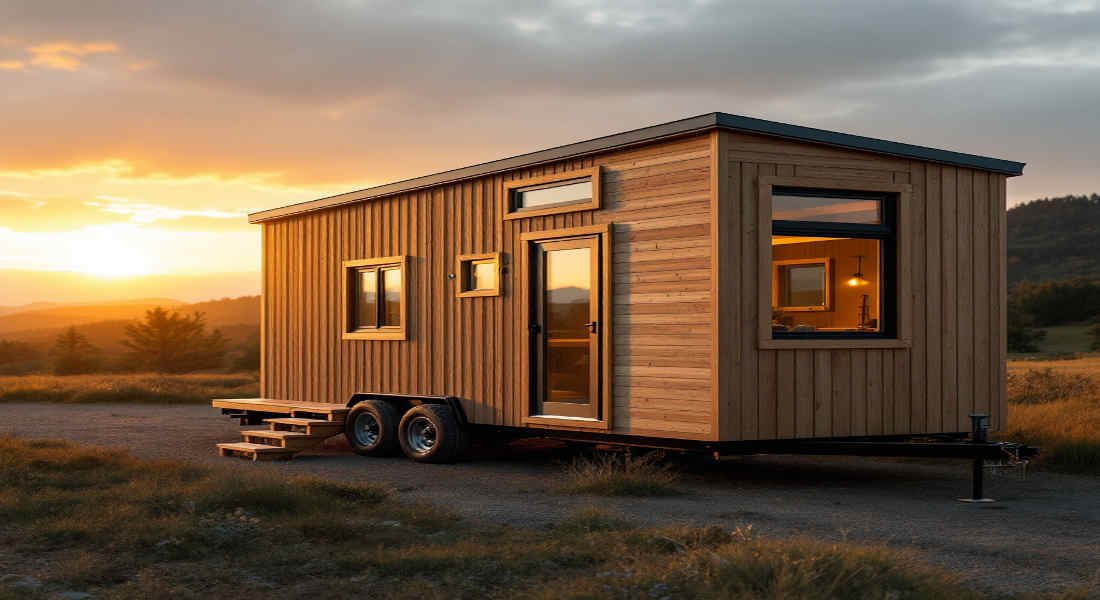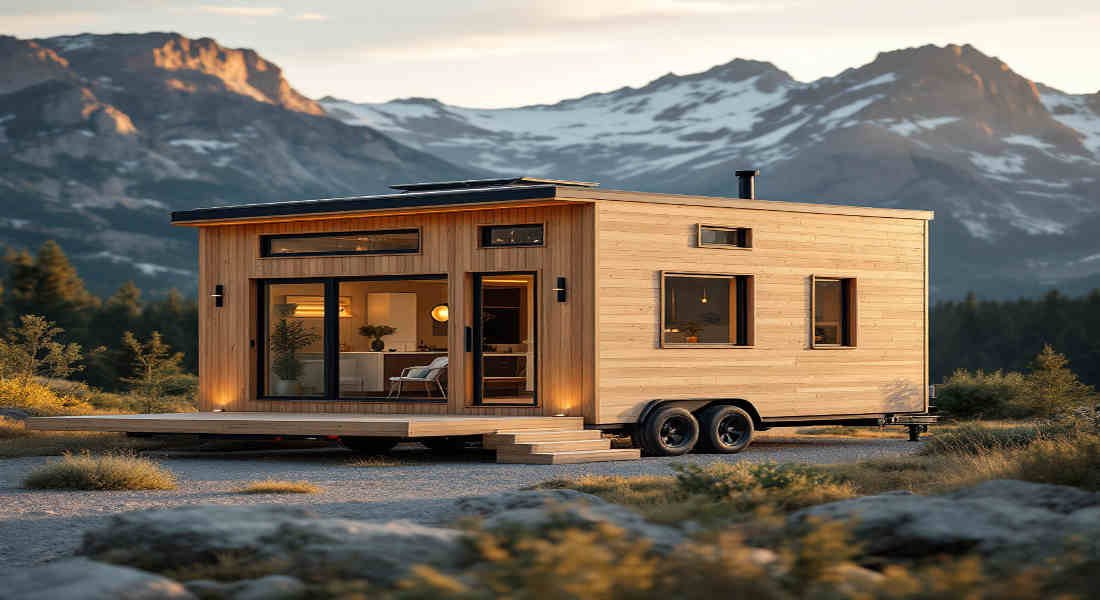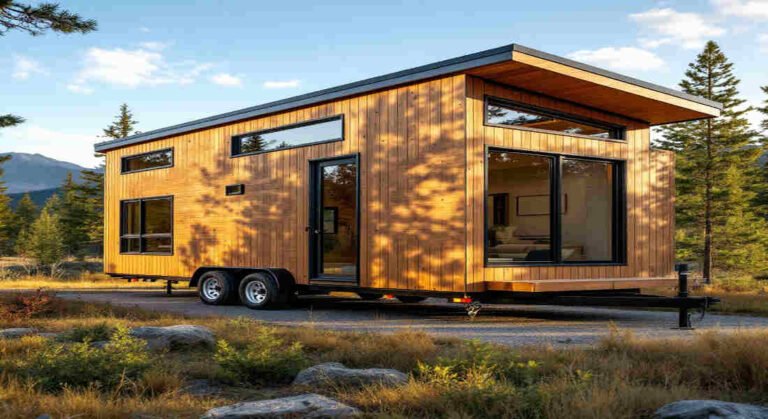Embarking on the journey of tiny home living—especially when your home is on wheels—offers a unique sense of freedom and flexibility. However, before you can settle into your mobile abode, it’s essential to understand and navigate the intricate landscape of permits, zoning laws, and local regulations. These requirements can vary significantly by region and often fall into a regulatory gray area, overlapping with rules for recreational vehicles or secondary dwellings. Proper preparation and research are key to ensuring your tiny home on wheels is legal and livable.
Understanding the Different Types of Permits Needed for THOWs
When it comes to tiny homes on wheels (THOWs), understanding the types of permits required is crucial. Each jurisdiction has its own rules, making navigation fascinating and complex.
First up are building permits. These ensure that your THOW meets safety standards and complies with local codes. They vary widely depending on where you live.
Next, consider zoning permits. Different areas have specific regulations about where mobile dwellings can be parked or lived full-time. Knowing these restrictions helps avoid future headaches.
Don’t forget vehicle registration! Since a THOW is technically a trailer, it must be registered according to state laws for legal road travel.
If you’re connecting utilities like water or electricity, additional permits may be needed. Always research ahead to avoid surprises down the line; each layer adds another piece to the puzzle of living in a tiny home on wheels.
Zoning Laws and Building Codes for THOWs
Zoning laws and building codes play a crucial role in the world of tiny homes on wheels (THOWs). These regulations can vary dramatically from one area to another, so knowing your local rules is essential before setting up your mobile abode.
Zoning laws dictate where you can park or live in your THOW. Some regions may allow it as a permanent residence, while others only restrict parking to RV parks or designated areas. Always check with local city planners for clear guidelines.
Building codes govern the structural safety of your home. While THOWs are oftenn’t subject to traditional building permits, some jurisdictions require compliance with specific safety standards. This could involve inspections to ensure electrical systems and plumbing meet code requirements.
Staying informed about these regulations ensures you don’t encounter unexpected legal hurdles. Doing thorough research early on in your tiny living journey is best.
You may also read (how to efficiently replace kitchen drawers at home).
Dealing with Local Authorities
When it comes to tiny homes on wheels, navigating local authorities can be challenging. Start by gathering information about your area’s specific regulations. Each locality has its own rules governing THOWs.
Building relationships with officials can make a significant difference. Attend town hall meetings or reach out directly for guidance. Being proactive demonstrates your commitment to compliance.
Don’t hesitate to ask questions—clarify any doubts you have about permits and zoning laws. Local authorities appreciate informed and engaged residents.
Be prepared for site visits or inspections if required. Everything in order shows respect for the process and the community’s standards.
Keep communication open and transparent, sharing updates as needed. A cordial approach often leads to smoother interactions, making your journey toward tiny home ownership much easier.
Obtaining Permits: Tips and Tricks
Understanding the permit process can be daunting when venturing into the world of tiny homes on wheels. Start by researching your local regulations online. Many municipalities have specific guidelines for THOWs.
Networking in tiny home communities can also provide invaluable insights. Experienced owners often share their journeys and pitfalls regarding permits.
Don’t hesitate to reach out to local officials with questions. They appreciate proactive homeowners who want to comply with laws.
Prepare all necessary documentation ahead of time. This might include plans for your build, proof of ownership, or even specifications on how you’ll handle waste management.
Keep records organized throughout the application process. A clean paper trail can save you significant headaches if any issues arise.
You may also read (do you pay sales tax on a used mobile home).
The Cost of Permits for THOWs
Obtaining permits for tiny homes on wheels (THOWs) can be significant when embarking on your small living journey. The costs associated with these permits vary widely depending on where you live, the type of permit required, and what local regulations are in place.
Building permits can generally range from $100 to several thousand dollars. Fees may include zoning approvals and inspections, which are often necessary components of the permitting process. Additionally, if you’re placing your THOW in an RV park or community specifically designed for tiny homes, there might be extra fees related to utilities or property leasing.
It is crucial to budget adequately for these expenses early in the planning stages. Ignoring permit costs could lead to unexpected financial strains down the line. Thorough research about specific fees in your desired location will help avoid surprises.
Understanding all facets of permit-related expenses is vital as you navigate this exciting yet complex world. By being informed and prepared financially, you’ll set yourself up for success as you transition into life within a THOW.
You may also read (do you pay taxes on manufactured homes).
